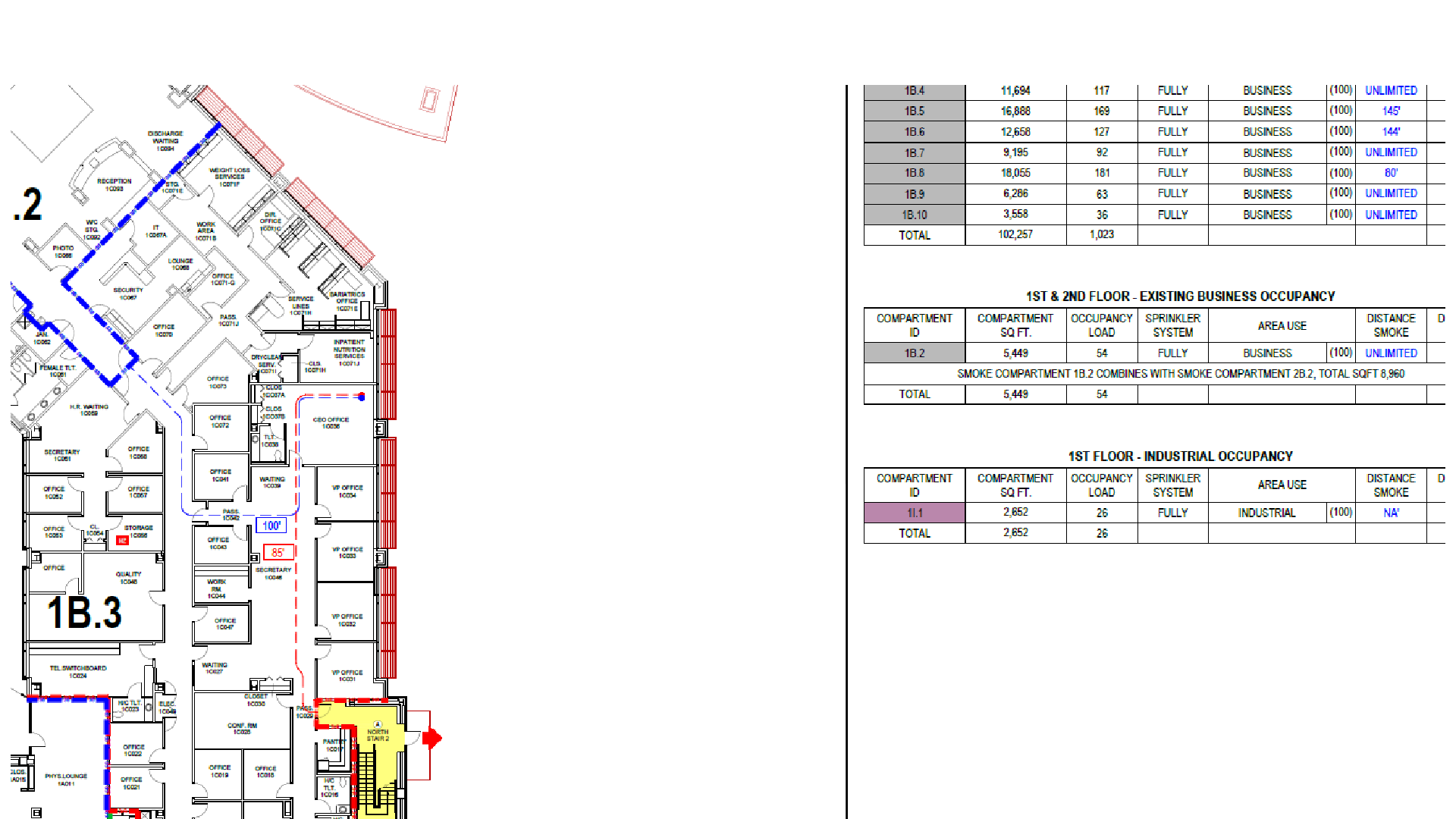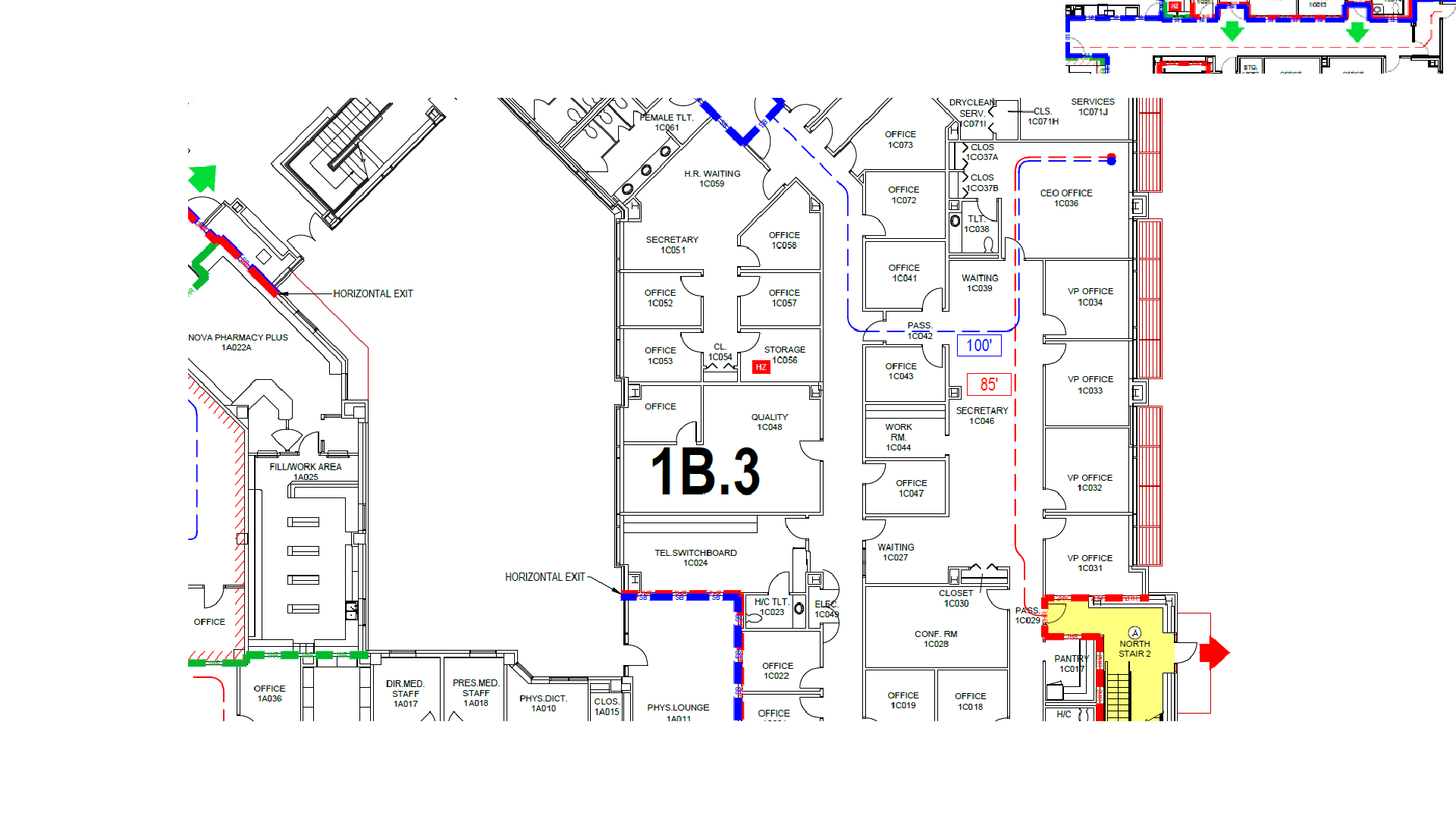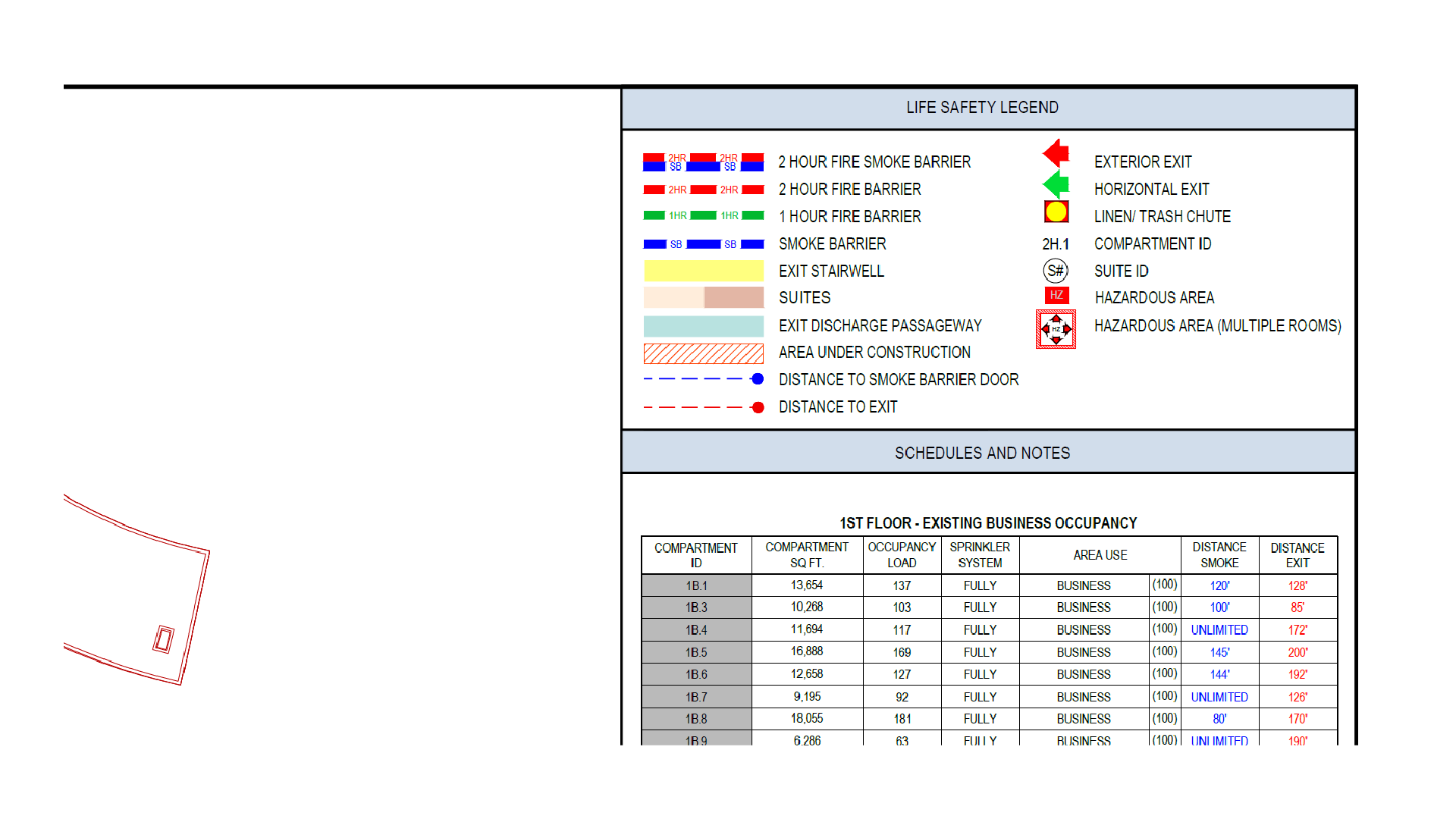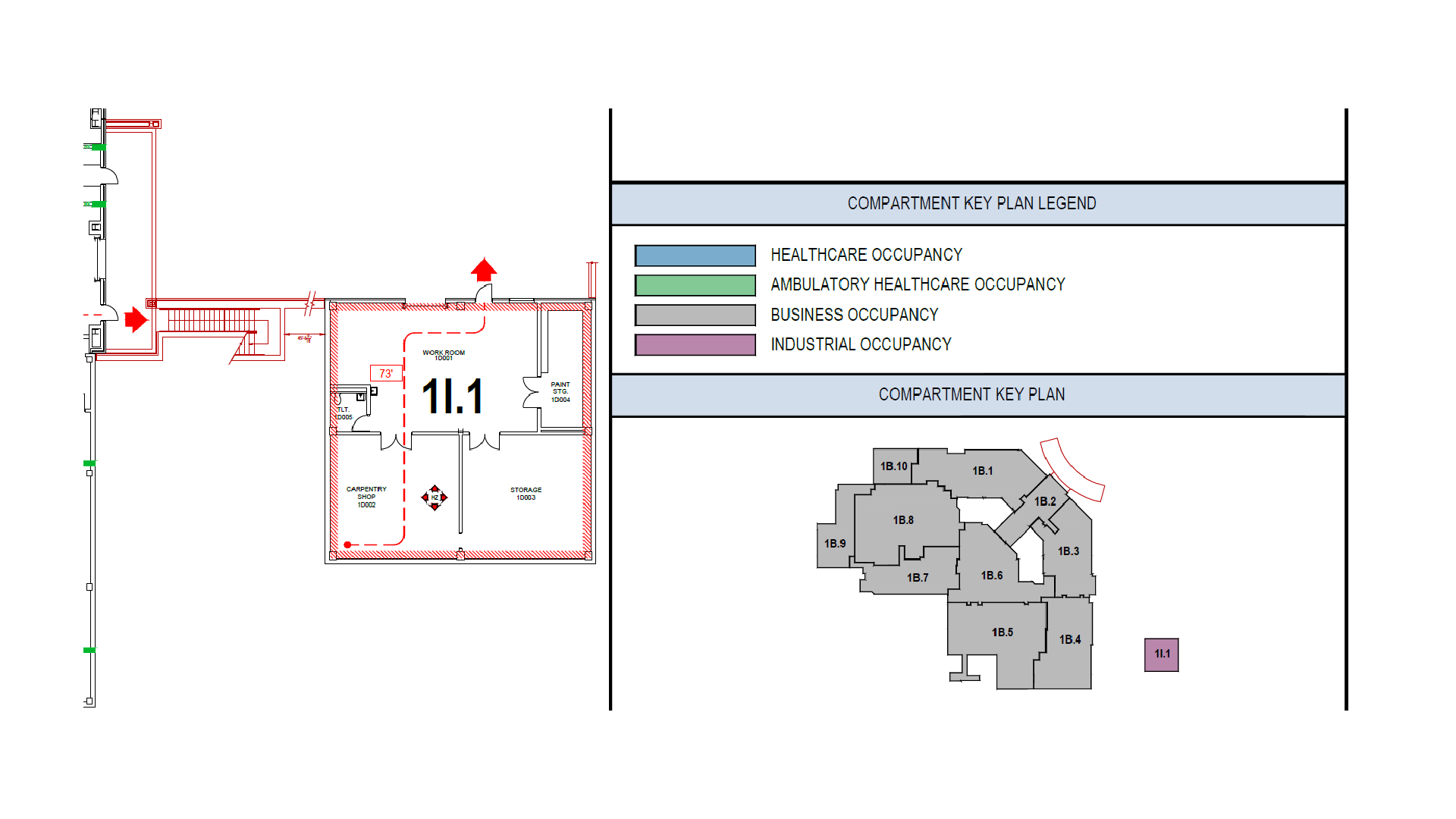Interim Life Safety Measures (ILSM) are crucial for maintaining safety during construction or renovation projects in healthcare facilities and other regulated environments. These measures not only protect the lives of occupants but also ensure compliance with regulatory standards. By implementing ILSM, potential risks such as fire, smoke, structural instability, and egress...
Life Safety Project Case Studies offer valuable insights into successful project management in healthcare. By analyzing these real-life examples, executives, administrators, managers, and safety coordinators can gain a deeper understanding of how to achieve and maintain compliance with TJC regulations, life safety compliance, and TJC Accreditation....
Utilizing cutting-edge technology in creating life safety drawings revolutionizes the way organizations achieve compliance with TJC regulations and accreditation. With advanced software and digital tools, executives, administrators, managers, and safety coordinators can streamline the process, ensuring accurate and up-to-date drawings that enhance overall safety measures....
Retrofitting life safety features in older healthcare facility buildings is not only a regulatory requirement but also an opportunity to enhance the overall safety and well-being of patients, staff, and visitors. By implementing innovative strategies, executives, administrators, managers, and safety coordinators can ensure compliance with TJC regulations, improve life safety compliance,...
Understanding building codes and their implications for life safety in healthcare environments is crucial for executives, administrators, managers, and safety coordinators. Achieving or maintaining compliance with TJC regulations, life safety compliance, and TJC Accreditation ensures the highest level of safety and care for patients, staff, and visitors....
Coordinating with external agencies for emergency response is crucial for organizations aiming to achieve or maintain compliance with TJC regulations and accreditation. Executives, administrators, managers, and safety coordinators must strategize effectively to ensure seamless coordination with emergency response agencies and services, ultimately enhancing their organization's preparedness and response capabilities....
Ensuring ADA Compliance in Life Safety Planning is crucial for healthcare facilities. Executives, Administrators, Managers, and Safety Coordinators must prioritize TJC regulations, life safety compliance, and TJC Accreditation to guarantee a safe and accessible environment for all individuals....
Life safety compliance is crucial for healthcare accreditation. It ensures that facilities meet The Joint Commission's regulations, guaranteeing the safety of patients, staff, and visitors. Executives, administrators, managers, and safety coordinators play a vital role in achieving and maintaining this compliance, ensuring a safe environment for all....
Ensuring accessibility in life safety features is crucial for healthcare facilities. Executives, Administrators, Managers, and Safety Coordinators must prioritize compliance with TJC regulations and accreditation to guarantee that these features remain functional and accessible to all individuals....
Life safety features are crucial in ambulatory care settings to ensure the safety and well-being of patients, staff, and visitors. Adhering to the unique life safety drawing requirements is essential for compliance with TJC regulations and accreditation. Executives, administrators, managers, and safety coordinators play a vital role in achieving and maintaining...










